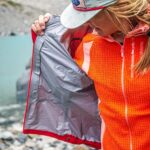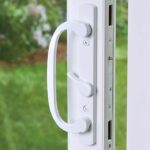Water is one of the most important sources of energy for our bodies and plays a vital role in maintaining overall health. Up to 60 percent of the human body is made of water, therefore, even the slightest bit of dehydration can negatively affect how we function. It may seem like a no-brainer, but many of us forget about our water intake, especially when on the move.
When preparing for your travels, you are focused on many things, from what to look for when buying travel backpacks to packing your stuff and booking your tickets and accommodation. Whether you are travelling to the backcountry or overseas, you need to have access to clean and drinkable water while on the move.
Unfortunately, very often, it’s easier said than done. While water is abundant on our planet, not all water sources are safe and even the most pristine-looking ones can make you sick. That’s why it’s always a good idea to choose a water purifier bottle and carry it with you, so you can turn tap water or cool stream water into a refreshing drinkable liquid when needed.
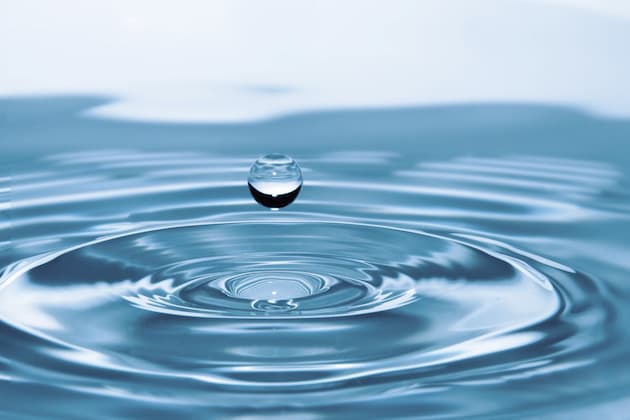
What Is it?
You don’t have to be a germaphobe to know that sanitation is of the utmost importance. We can see how new technology that is designed to improve cleanliness is constantly introduced into our everyday lives and that’s not only because of the pandemic. Even before the coronavirus, we were looking for ways to improve levels of hydration and drink clean water wherever we may be.
If you’ve ever experienced a traveller’s diarrhea, you know that there are a few things that can spoil a trip more quickly than getting sick from contaminated water or food. A water purifier bottle is one of the best solutions you can find out there as it is effective against viruses which can be found in water supplies in developing countries.

The difference between a water filter and a water purifier is the size of microorganisms each one combats. A water filter works by straining out protozoan cysts and bacteria, while a water purifier also combats viruses, which are too tiny for most filters to catch effectively.
Both filters and purifiers include an internal element of a cartridge, which has microscopic pores that catch debris, bacteria, and protozoa. After a certain time of use, strained matter gums up an element’s pores and needs to be cleaned or replaced.
Most purifiers use chemicals, such as iodine to kill viruses and some use a purification method that relies on ultraviolet light to treat the pathogens. Also, many filters and purifiers include activated carbon in their elements. It’s very effective at reducing contaminants like pesticides and other industrial chemicals and removing unpleasant tastes.
Water Purification Methods Explained
Before we begin, you should know that the effort required for each type of water treatment as well as the time needed for water to be ready to drink vary from one method to another. A prefilter is a valuable accessory to have in case you need to treat water from a murky source.
Pump Purifiers
Some water filter bottles do have elements with pores that are small enough to snare viruses as well. You can pump contaminated water from one container into another and drink it. Also, you can opt for a purifier system that features a filter with chemicals that can be added to neutralise viruses after bacteria, cysts and protozoa have been removed by the filter.
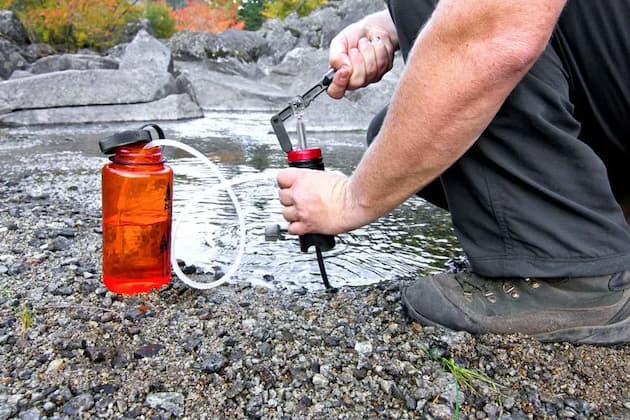
One of the main benefits of pump purifiers is that they allow you to process precisely the amount of water you need. Water can be pulled from shallow water sources and seeps, but field cleaning of the element is required.
UV Light Purifiers
They emit UV rays that neutralise bacteria, cysts, protozoa and viruses. All you need to do is stick the wand into your water bottle and turn it on for a short time, around 60 seconds. It’s an easy treatment and you get drinkable water very quickly. However, it requires batteries and silty or cloudy water will need to be prefiltered. For large quantities, it will take multiple treatments.
Water Purifier Bottles
The internal cartridge of the bottle system of water purifier bottles captures bacteria, cysts, protozoa and viruses, so once you fill the bottle, make sure to plunge in its cartridge unit and drink clean water. It’s a simple and easy treatment that provides drinkable water quickly. It’s lighter to carry and affordable.
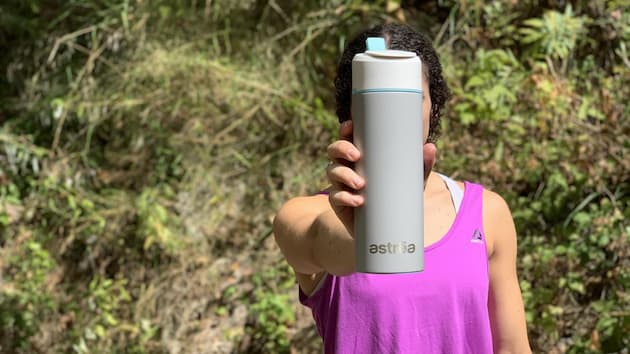
Squeeze Filter
Similar to bottle filters, except that you are filling a small reservoir and then squeezing the water through the filtration element. It’s an easy treatment and you get drinkable water quickly. It’s smaller, lighter and more affordable than other options and the cartridge element can be replaced when needed.
Straw-Style Filters
They have a built-in element that lets you slurp directly from the source. It’s an easy and simple treatment and water is drinkable immediately. However, water is available only when you are at a water source.
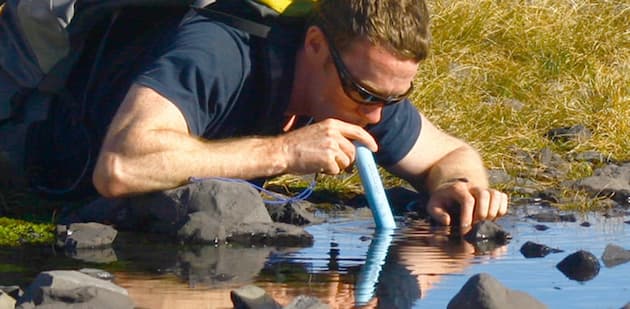
Chemical Purification
It works against bacteria, cysts (though it’s not particularly effective against cryptosporidium cysts), protozoa and viruses. All you have to do is drop a few tablets or a few drops into a water container. The greatest advantage of chemicals is that they are small and can be packed as a backup treatment option for another purifier.
Keep in mind that even the best filter or purifier may not be effective if you don’t follow basic hygiene and usage guidelines.


